Deck & Commander Strategies
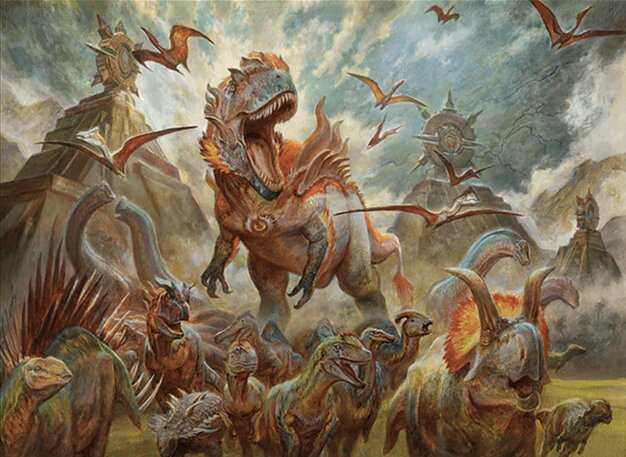
Gishath, Sun's Avatar
Ramp quickly to cast Gishath and use its combat damage trigger to cheat multiple dinosaur creatures onto the battlefield, overwhelming opponents with a large board of powerful creatures.
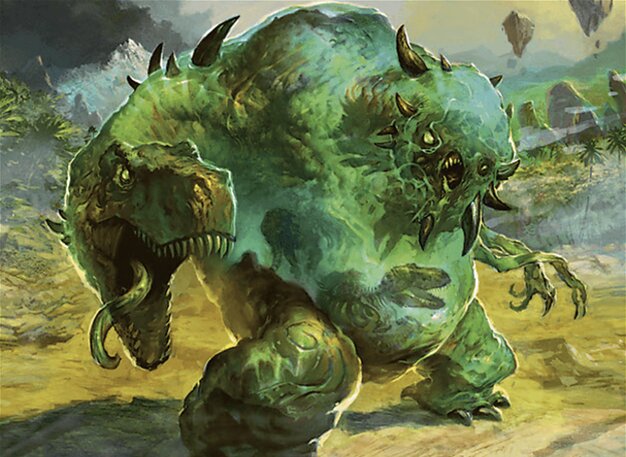
The Mimeoplasm
Utilize graveyard interactions by exiling creatures from any graveyard to create a clone with the power and abilities of those creatures, enabling versatile board presence and recursion.

Caesar, Legion's Emperor
Build a token army by sacrificing creatures during attacks to generate soldier tokens, then deal damage equal to the number of tokens to opponents, creating relentless pressure with incremental advantage.

Kaalia of the Vast
Cheat large Angels, Demons, and Dragons directly onto the battlefield when attacking, creating explosive board development and potential for quick wins through powerful threats.
Gameplay Insights
- 1
The aggressive early ramping with cards like Jeweled Lotus and Mox Diamond set a fast pace, allowing players to cast high-impact creatures early.
- 2
Gishath's combat damage trigger was pivotal in flooding the board with dinosaurs, forcing opponents to respond quickly or be overwhelmed.
- 3
Caesar’s ability to sacrifice creatures and create tokens provided a resilient and scalable offensive threat that could pressure multiple opponents simultaneously.
- 4
Mimeoplasm’s cloning of exiled creatures from any graveyard provided flexible utility and allowed it to adapt to various board states.
- 5
Kaalia’s strategy of cheating big creatures into play on attack phases created explosive turns that could shift game momentum rapidly.
Notable Cards
-

Gishath, Sun's Avatar
-

The Mimeoplasm
-
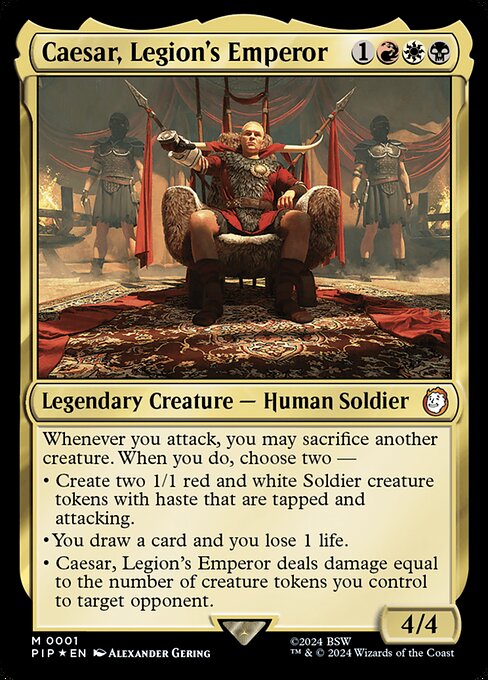
Caesar, Legion's Emperor
-

Kaalia of the Vast
-

Jeweled Lotus
-
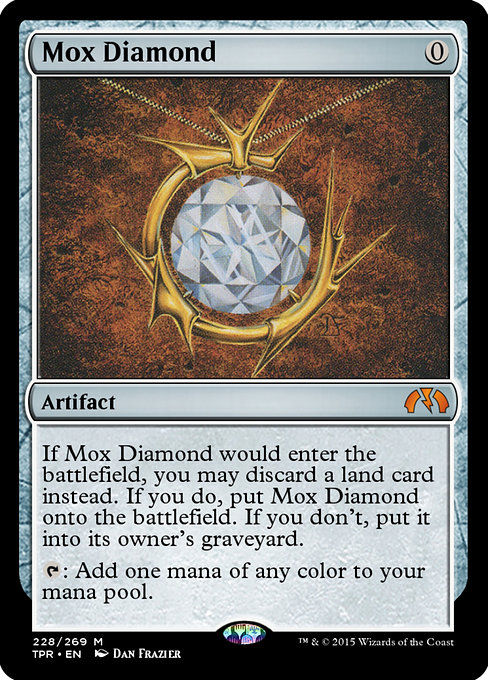
Mox Diamond
-
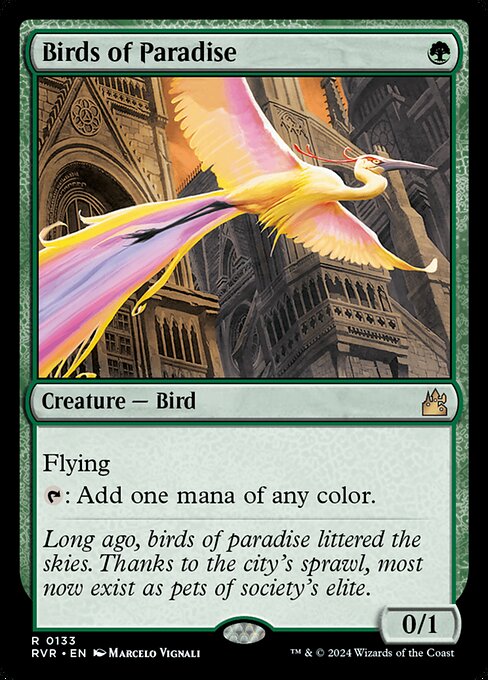
Birds of Paradise
-
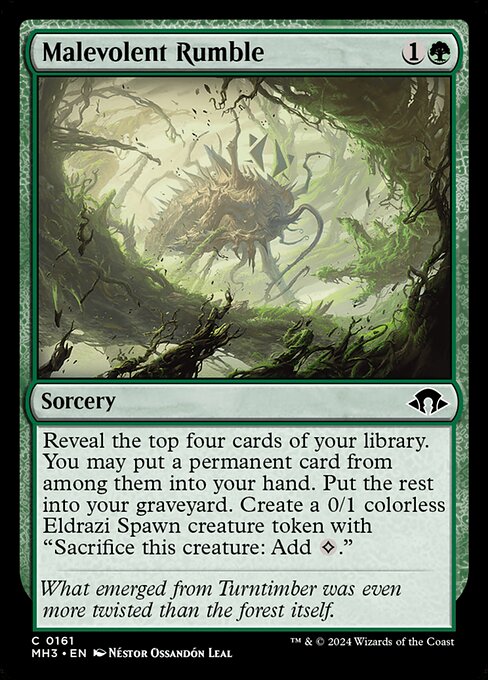
Malevolent Rumble
Gameplay Summary
The game began with players ramping aggressively, typical of high-powered Commander decks.
Gishath, Sun's Avatar quickly established a threatening board presence by leveraging its ability to cheat dinosaur creatures onto the battlefield from the top of the library whenever it dealt combat damage.
Meanwhile, The Mimeoplasm focused on graveyard interactions, exiling creatures from any graveyard to become a powerful clone that could adapt to the shifting game state.
Caesar, Legion's Emperor developed a token-centric strategy, sacrificing creatures to generate multiple soldier tokens and then dealing damage scaled by the number of tokens, pressuring opponents steadily.
Kaalia of the Vast aimed to cheat big Angels, Demons, and Dragons into play, creating explosive turns by deploying large threats directly from the hand to the battlefield and attacking immediately. Key turning points included the rapid ramping and early board development by each player, setting the stage for intense combat phases.
Gishath's ability to flood the board with dinosaurs forced opponents to be wary of wide and large attackers.
Caesar's token generation and damage dealing created a ticking clock against all opponents, while Mimeoplasm's cloning ability allowed for flexible responses to threats.
Kaalia's potential to swarm the battlefield with high-impact creatures threatened to end the game quickly if unchecked.
The combination of aggressive creature deployment, powerful combat damage triggers, and graveyard synergy made the board state very dynamic and challenging to stabilize. The win conditions revolved around overwhelming opponents with large creatures and tokens, exploiting combat damage triggers, and leveraging recursion and cloning effects to maintain board presence.
The game showcased a fast-paced, creature-heavy meta where careful timing of attacks, sacrifice decisions, and graveyard manipulation were critical to gaining and maintaining advantage.

















![Commander VS S5E1: Liliana vs Tasigur vs Kangee vs The Mimeoplasm [MTG Multiplayer] thumbnail](https://i.ytimg.com/vi/u35l-cgkQEY/sddefault.jpg)
![Commander Versus Series: Mimeoplasm v. Melek v. Maelstrom Wanderer v. Prossh [MTG Multiplayer] thumbnail](https://i.ytimg.com/vi/H3JROxdcaPo/sddefault.jpg)





















![Random Deck Roulette! [Commander VS 291] | Magic: the Gathering Commander Gameplay thumbnail](https://i.ytimg.com/vi/L2Xh88xu-bk/sddefault.jpg)

![Commander VS: Meren vs Kaalia vs Derevi vs Freyalise [Commander Anthology] thumbnail](https://i.ytimg.com/vi/Qx6Xp6fw7sU/sddefault.jpg)


